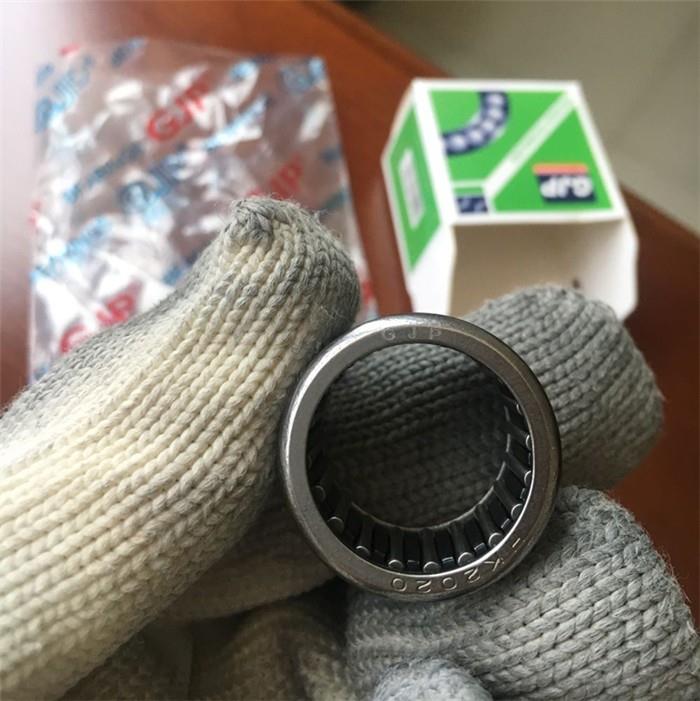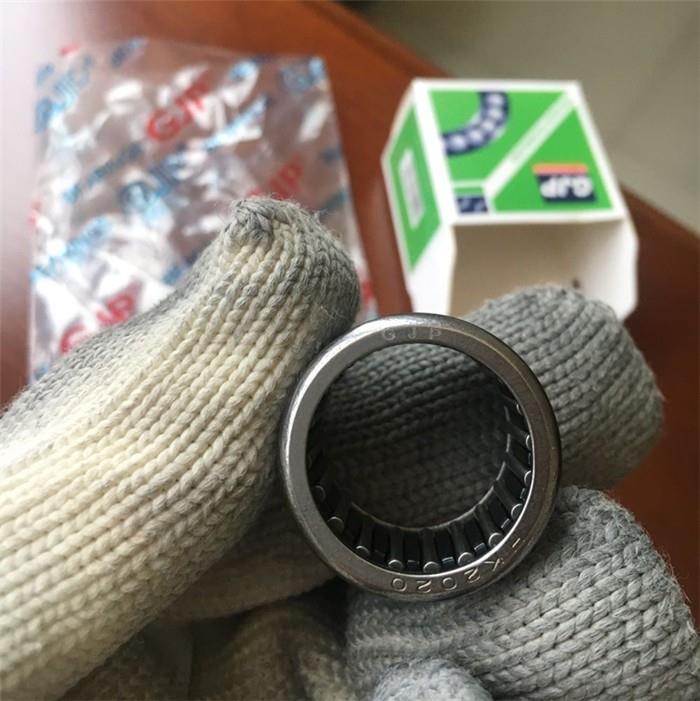Drawn cup needle roller bearings are a type of bearing that is commonly used in various applications, including automotive, industrial, and aerospace systems. These bearings are designed to handle high radial loads and provide excellent performance in limited space applications. However, choosing the right drawn cup needle roller bearings for your application can be challenging. In this guide, we will explore the factors that you should consider when selecting drawn cup needle roller bearings.
Load Capacity
The load capacity of a drawn cup needle roller bearing is one of the most critical factors to consider. The load capacity is determined by the size and number of needle rollers in the bearing. A higher number of needle rollers will increase the load capacity of the bearing. Therefore, it’s crucial to choose a bearing with the appropriate number of needle rollers to handle the expected load.
Speed Rating
The speed rating of a drawn cup needle roller bearing is the maximum rotational speed at which the bearing can operate without experiencing premature failure. The speed rating is determined by factors such as the size of the bearing, lubrication, and type of cage. Therefore, it’s essential to select a bearing with a speed rating that is appropriate for your application.
Mounting
The mounting configuration of a drawn cup needle roller bearing can significantly impact its performance. There are different mounting configurations available, including press-fit, interference-fit, and slip-fit. The mounting method will depend on the application requirements and the type of housing used. It’s important to choose a mounting method that ensures proper alignment and minimizes stress on the bearing.
Lubrication
Proper lubrication is essential for the performance and longevity of a drawn cup needle roller bearing. The type of lubricant used will depend on the application requirements, operating conditions, and environmental factors. It’s important to choose a lubricant that provides adequate protection against wear, corrosion, and contamination.
Cage Material
The cage material of a drawn cup needle roller bearing can significantly impact its performance. The cage is responsible for holding the needle rollers in place and preventing them from contacting each other. Different cage materials are available, including steel, brass, and plastic. The choice of cage material will depend on factors such as the operating temperature, speed, and load.

Seal Configuration
The seal configuration of a drawn cup needle roller bearing can impact its ability to prevent contamination and retain lubrication. There are different seal configurations available, including open, single-sealed, and double-sealed. The choice of seal configuration will depend on the application requirements and the level of protection required.
Proper installation and maintenance of drawn cup needle roller bearings are also essential for their optimal performance. During installation, it’s important to ensure that the bearing is properly aligned and adequately lubricated. Regular maintenance, including inspection and lubrication, can help extend the life of the bearing and prevent premature failure.
It’s also important to note that drawn cup needle roller bearings come in various sizes, shapes, and configurations to meet different application requirements. Therefore, it’s crucial to consult with an expert in bearing selection and application to ensure that you choose the right bearing for your specific needs.
In addition, advancements in bearing technology have led to the development of newer, more efficient bearings that provide better performance and durability. For example, some manufacturers now offer drawn cup needle roller bearings with improved sealing and lubrication capabilities, making them ideal for harsh environments and high-speed applications.
Furthermore, it’s worth noting that drawn cup needle roller bearings are cost-effective and efficient alternatives to other types of bearings, such as ball bearings. They are particularly suitable for applications where space is limited, and high radial loads need to be supported.
One popular application of drawn cup needle roller bearings is in automotive systems, where they are used in engine components, transmission systems, and suspension systems. They are also commonly used in industrial machinery, such as conveyors, pumps, and gearboxes. Additionally, drawn cup needle roller bearings are used in aerospace systems, where they must withstand extreme temperatures, pressures, and vibrations.
In conclusion, choosing the right drawn cup needle roller bearing for your application requires careful consideration of various factors, including load capacity, speed rating, mounting, lubrication, cage material, and seal configuration. By selecting the appropriate bearings, you can ensure optimal performance, reliability, and longevity of your system. If you are unsure about which drawn cup needle roller bearings are best for your application, consult with an experienced engineer or bearing manufacturer for guidance.
Related Products


